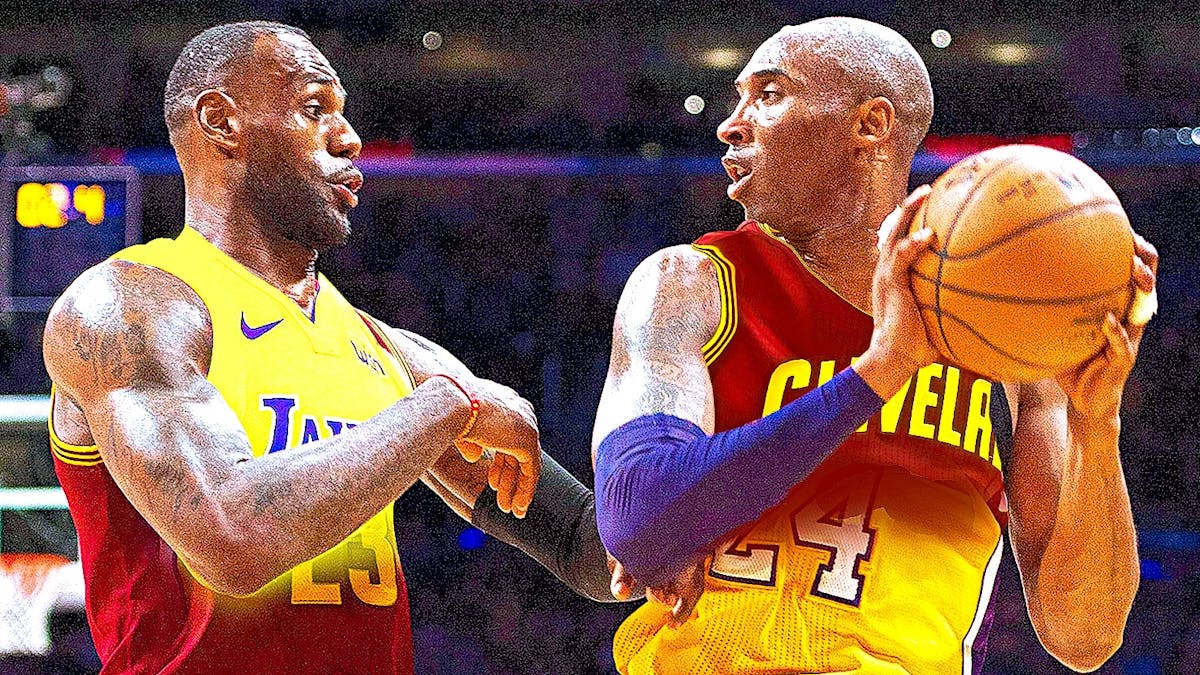More than ten years ago, the L.A. Lakers inquired from the Cleveland Cavaliers about the possibility of trading one superstar for another—Kobe Bryant for LeBron James. The Cavaliers declined, and now we are left wondering what might have been. This was a moment in NBA history whose details were locked away in a closet somewhere just waiting to be revealed.
The waiting was finally over in 2016 as details of the potential blockbuster trade of cosmic proportions was made known to the public in February, ahead of a regular season match-up between the Cavaliers and the Lakers.
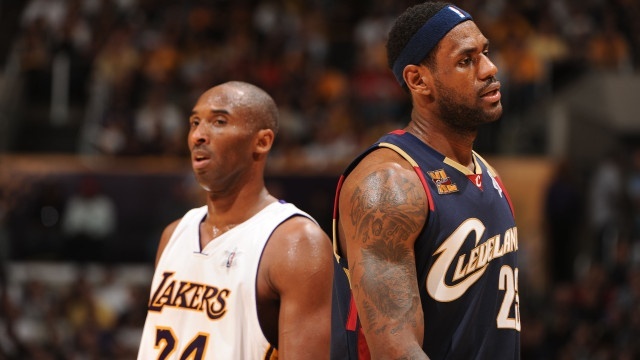
Andrew D. Bernstein/NBAE via Getty Images
The Beginning
But let’s go back to when Kobe wanted to be traded from the Lakers to a championship contender. In a story from ESPN The Magazine’s Ric Bucher in 2007, he says that Kobe wanted former Lakers player and general manager to come back and build a team around him. Otherwise, they might as well trade him.
“The insinuation is Kobe Bryant started that conversation by expressing how frustrated he is. Kobe made it clear ‘I don’t want to leave L.A. I don’t want to leave the Lakers, but I do want to know that there’s somebody in the front office that can build a championship-caliber team around me and I know who that guy is…’
‘It’s Jerry West. And I know that he’s available. So if you bring him back and you give him the authority to run this team and build a team now because I know that’s going to be what he’s willing to do, then I’m more than willing to stay. But, short of doing that, short of bringing Jerry West, yes I have a no-trade clause, yes I’d be willing to waive that, you might as well go ahead and trade me because I can’t wait for the current team to develop.’”
Because of this trade demand from their superstar, the Lakers had to do something. Bryant had given them a list of teams that he would be willing to waive his no-trade clause—Chicago, San Antonio, and Phoenix. The only possible scenario among those teams was for Bryant to be traded to the Bulls because they had the necessary assets. But Kobe shot the trade down since he didn’t want Luol Deng as part of the deal.

USA TODAY Sports
The Secret Revealed
The astounding secret story of the ultimate trade-that-never-was was only revealed two years ago by ESPN’s Brian Windhorst during a Sportscenter segment and in a piece he wrote for the site.
“Back when Kobe demanded a trade for the Lakers in 2007, believe it or not the Lakers called and inquired if the Cavs would be willing to trade LeBron James for him. Now, this is a memory in the Cavs organization because it’s the only time anyone ever called to make an offer on LeBron because he was the ultimate untouchable. And just remember in 2007, Kobe was 28 about to win his first MVP award, LeBron was 22 he had just come off his first Finals appearance. It was the best player in the NBA for the next-best player in the NBA. The Cavs said no then offered anything the Lakers could take off their roster for Kobe, the Lakers moved on.”
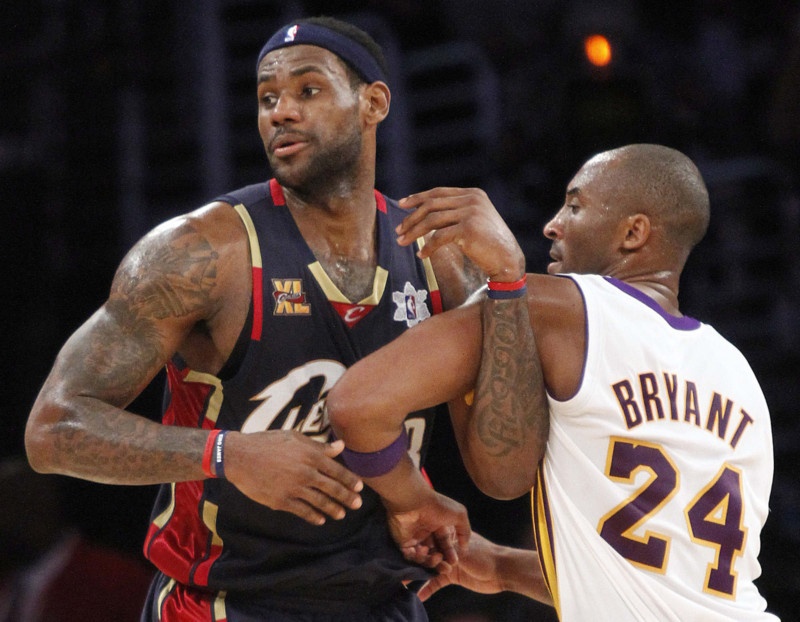
AP Photo/Lori Shepler
Kobe as a Cavalier?
According to Windhorst, ESPN‘s Baxter Holmes interviewed Bryant regarding his situation.
“At that time, the Lakers had to do something. I was just losing faith in what they were trying to do. It was like I was a meal ticket. You come out and score 40, 50 points, fill the seats, we’re going to keep the payroll at a minimum, generate revenue. It’s like, look, listen, I am not with that, dude. I have to win without Shaq. I’ve got to do it. We’ve got to do something.”
The call was made to Cleveland by GM Mitch Kupchak just to see if there was interest. However, Bryant was more keen to control the narrative during the prime of his career.
“I never would’ve approved it. Never. The trade to go to Cleveland? Never,” Bryant informed Holmes. “That wasn’t one of the teams that was on my list.”
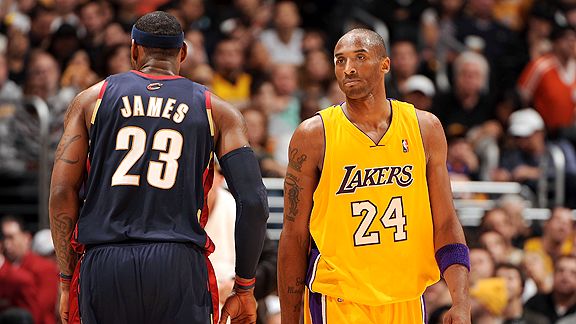
2007 Kobe versus 2007 LeBron
In what could have been the biggest trade in league history, the Cavs and the Lakers had the ball in their hands to shake the very foundations of the NBA. But Cleveland was not about to give up their rising star for one whose star power was at its brightest.

Andrew D. Bernstein/NBAE via Getty Images
The Lower Merion High School product was on a struggling Lakers team, one that was barely hanging on to its playoff hopes. The team was a few years removed from trading away Shaquille O’Neal, their franchise center, to the Miami Heat and Bryant was determined to prove he could win without him.
Bryant averaged 31.6 points per game, leading the league in scoring for the second straight season. He also added 5.7 rebounds, 5.4 assists, and 1.4 steals per game. He was at his peak best for two straight years, carrying the Lakers on his back as much as he could.
But no matter how good Kobe was, his teammates couldn’t carry their share of the load as the Lakers recorded a seventh-place finish in the Western Conference with a 42-40 record. They would lose in the first round of the playoffs to the Phoenix Suns, winning only one game in the best-of-seven series.

Noah Graham/NBAE via Getty Images
James, on the other hand, was this young and talented prodigy who came into the NBA in 2003 billed as “The Chosen One,” someone who would take the league to new heights for the next decade and beyond. While we know this now to be true 11 years later, back then, he was still proving his worth to the entire league, but he was on his way. That year, James finished the 2006-07 season with averages of 27.3 points, 6.7 rebounds, 6.0 assists, and 1.6 steals per game.
In the playoffs, James and the Cavs deposed the defending Eastern Conference champion Detroit Pistons in six games. That series included a scintillating performance from the Akron native in Game 5 where he scored the last 25 points for the Cavs, and 29 of the team’s last 30 points, finishing with 48 for the game. More importantly, the Cavs won 109-107 in double-overtime on the road.
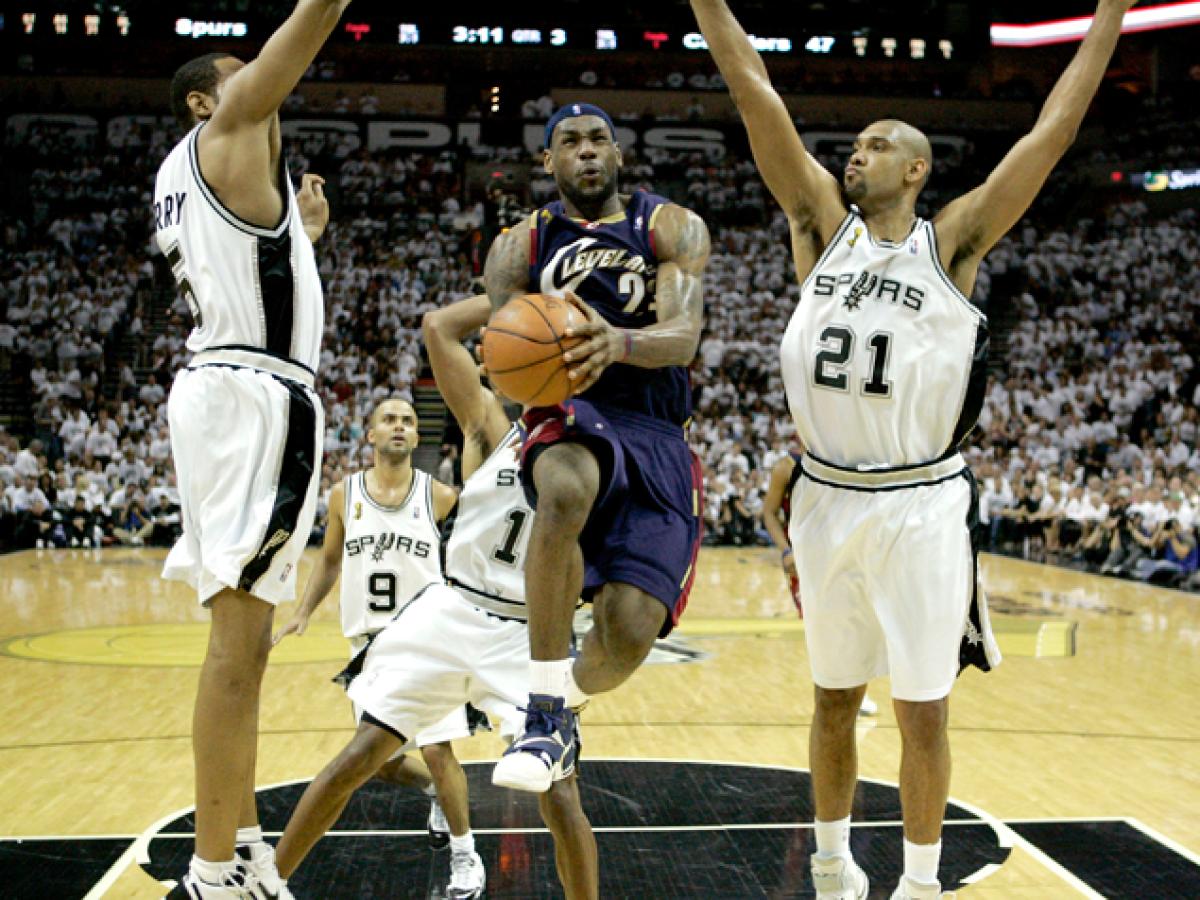
Tony Dejak/AP
Though Cleveland got swept by the veteran San Antonio Spurs in the Finals, James’ value to the franchise, and the NBA in general, was sky high. With an NBA Finals appearance under his belt, the future was bright for the 22-year old who had the whole world ahead of him.
This was the LeBron James that the Lakers were inquiring about when they made the call.
You can imagine why the Cavs didn’t pull the trigger despite the Lakers offering a three-time champion and perennial MVP candidate in exchange for their best player.
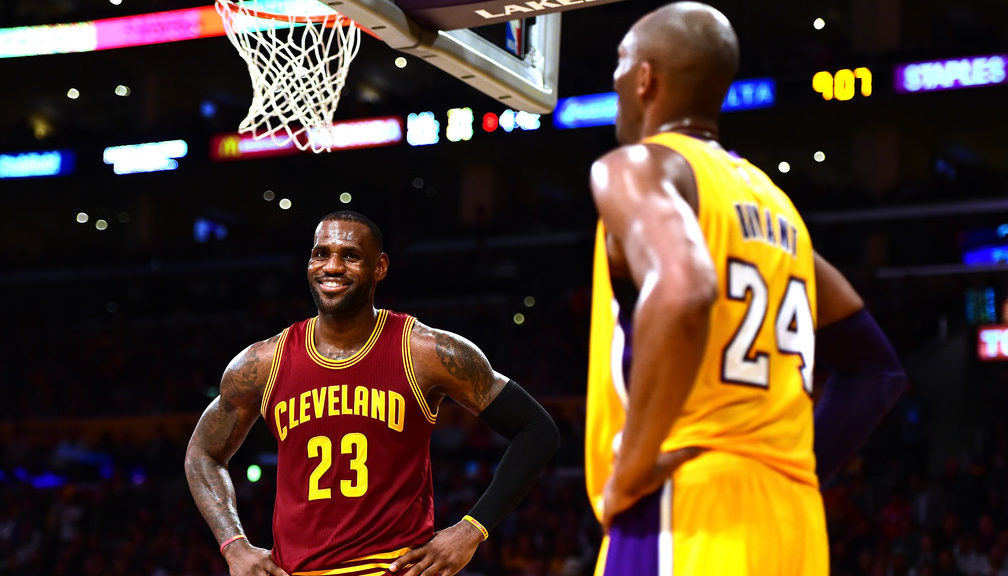
Harry How/Getty Images
What If?
There was a Marvel Comics regular series titled, “What If?” that explored the different possible outcomes of an event in the comic book universe. It explains that even if some potential events didn’t happen, they actually happened elsewhere in a parallel universe, one that had similarities to the characters and their stories but with an entirely different result.
Let’s pretend that there’s a parallel universe out there wherein the trade happened, the Cavs and the Lakers swapped superstars while essentially keeping both rosters intact. In this scenario, Kobe Bryant loses his Laker-lifer status, while James perhaps saves himself the immediate hatred of leaving a team via trade instead of free agency.
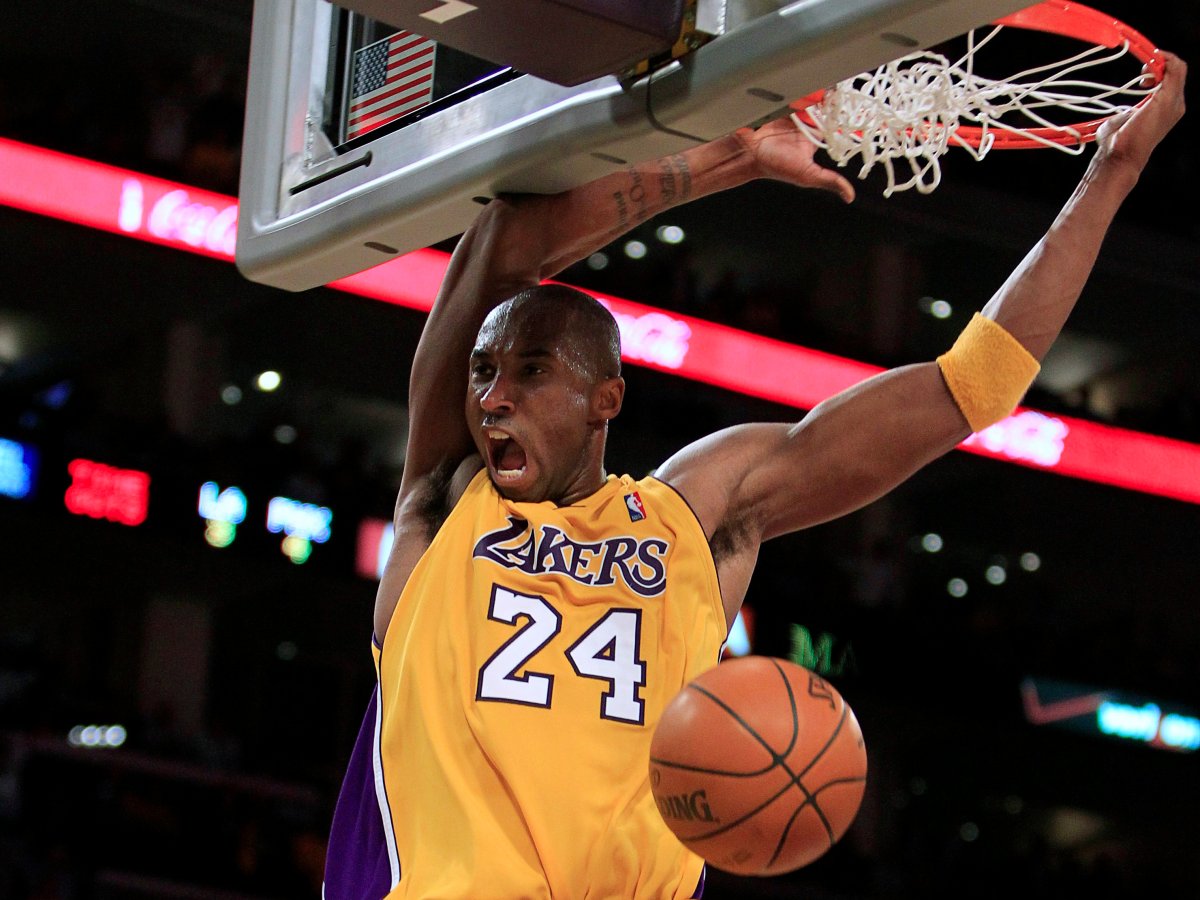
REUTERS/Danny Moloshok
The Cavs would get one of the greatest scorers of all time in Bryant, inheriting a team that had the fourth best defensive rating in the league coached by Mike Brown. At the other end of the court, Cleveland was in the middle of the pack with the 18th best offensive rating out of 30 teams. Bryant could help improve on this with a more polished offensive game than James while also helping shore up the defense from the backcourt.
With Bryant at shooting guard, the Cavs could trade starter Larry Hughes to another team to acquire a small forward who would take James’ spot. And even if they don’t, they could slide Hughes at the point guard spot and let veteran Donyell Marshall move up as a starter. However, it’s difficult to tell how that could’ve increased the Cavaliers’ championship odds.
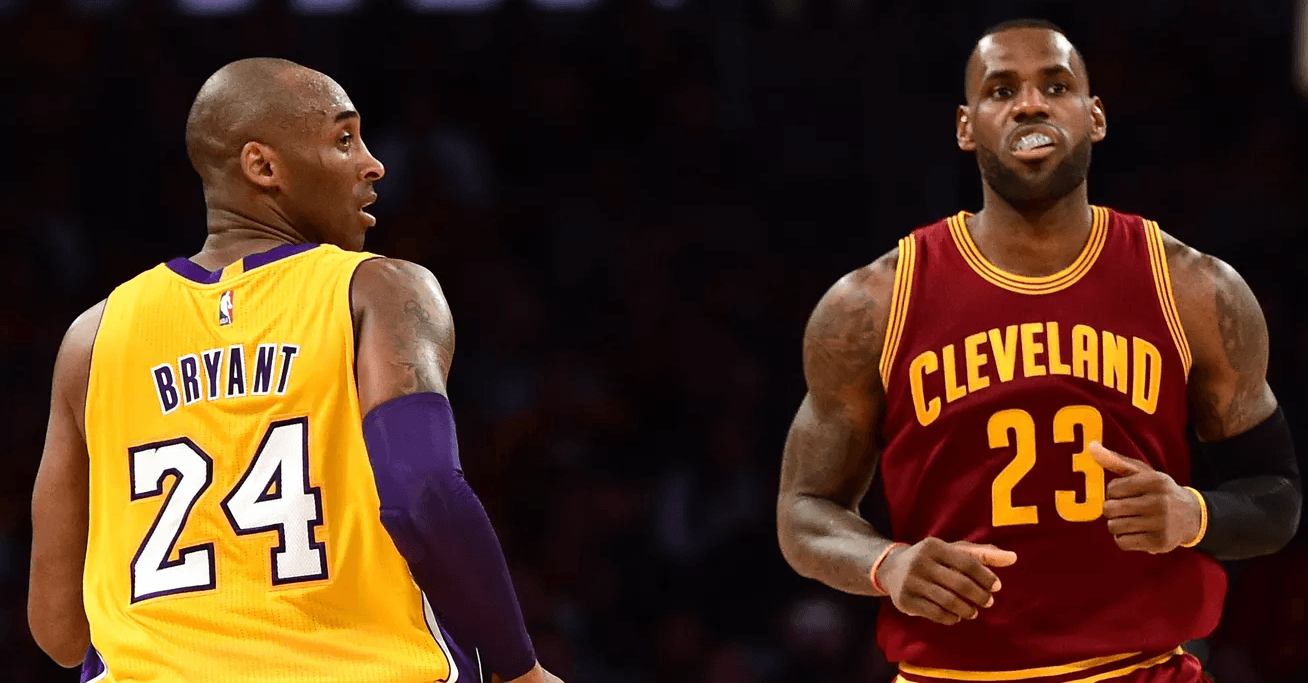
Getty Images
That would give the Cavs a starting lineup of Hughes and Bryant at the backcourt and Marshall, Drew Gooden, and Zydrunas Ilgauskas as their frontcourt players. Not bad.
Will the Cavs reach the 2008 Finals with this lineup? It’s hard to say but the possibilities are quite intriguing. Bryant should make it to the second round and perhaps even the Conference Finals especially with a weaker Eastern Conference. The Finals could well be within reach for Kobe as well.
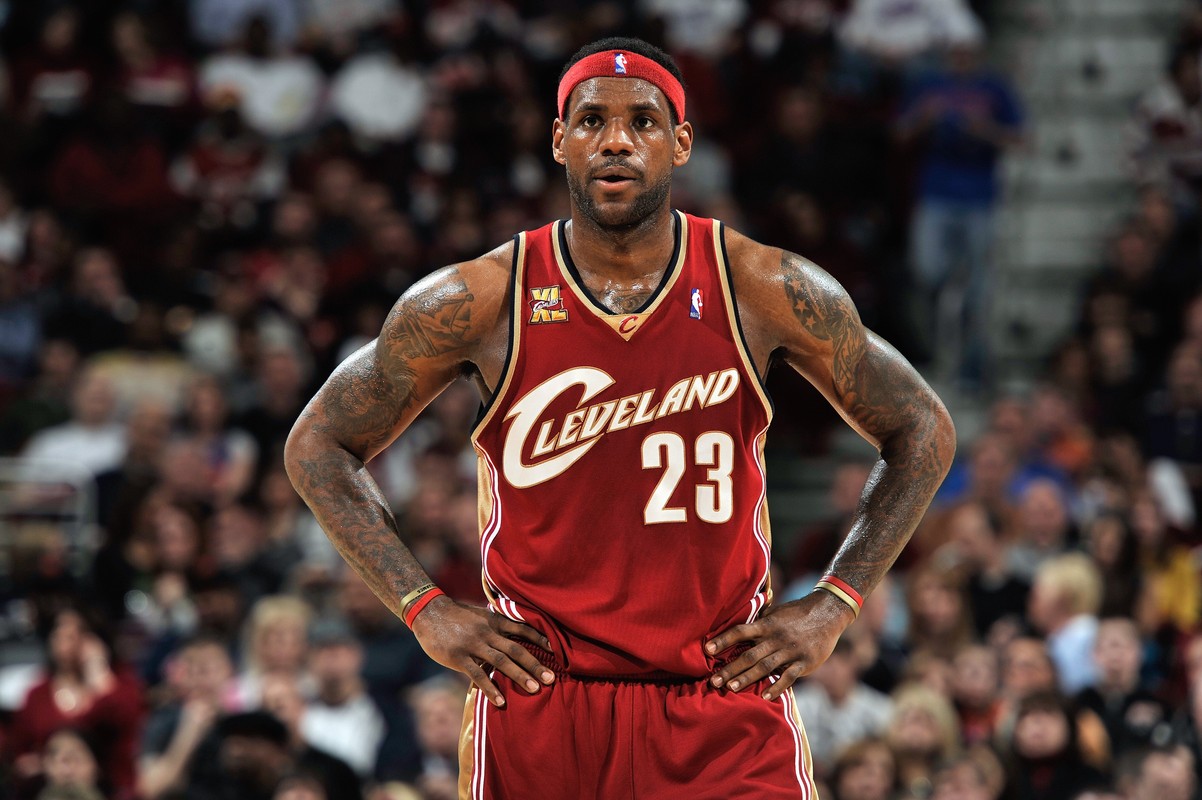
David Liam Kyle/NBAE via Getty Images
Meanwhile, over at Los Angeles, James will be able to play for a Hall-of-Fame coach in Phil Jackson, someone who knows what it takes to win it all and one who coached his idol, Michael Jordan, to the championship six times.
James will play at the starting small forward spot with Lamar Odom at power forward and Andrew Bynum as the center. This frontcourt would be a nightmare for opposing teams even though at that time, Bynum had not yet reached his potential.
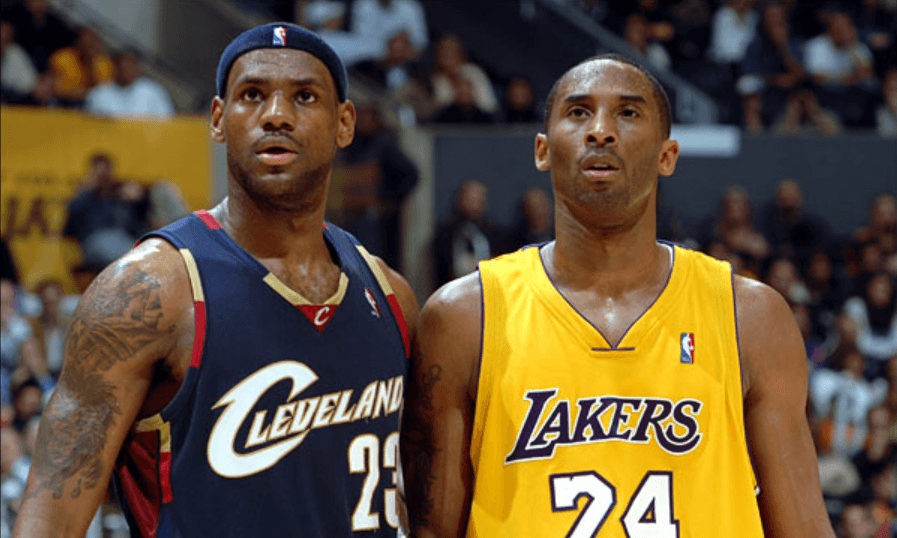
Noah Graham | Getty Images
But here’s an interesting thought. What if the Lakers played James at the point like Magic Johnson did before him as an oversized playmaker? After all, the team also had Aaron McKie, Luke Walton, Vladimir Radmanovic, and Brian Cook playing the forward position. And they had Kwame Brown at the power forward/center positions.
The starting lineup would look like this—James and Sasha Vujacic in the backcourt, Odom at small forward, Radmanovic at power forward, and Bynum at center. This looks like a team that could make some noise in the playoffs even if it won’t be enough to dethrone the Spurs.
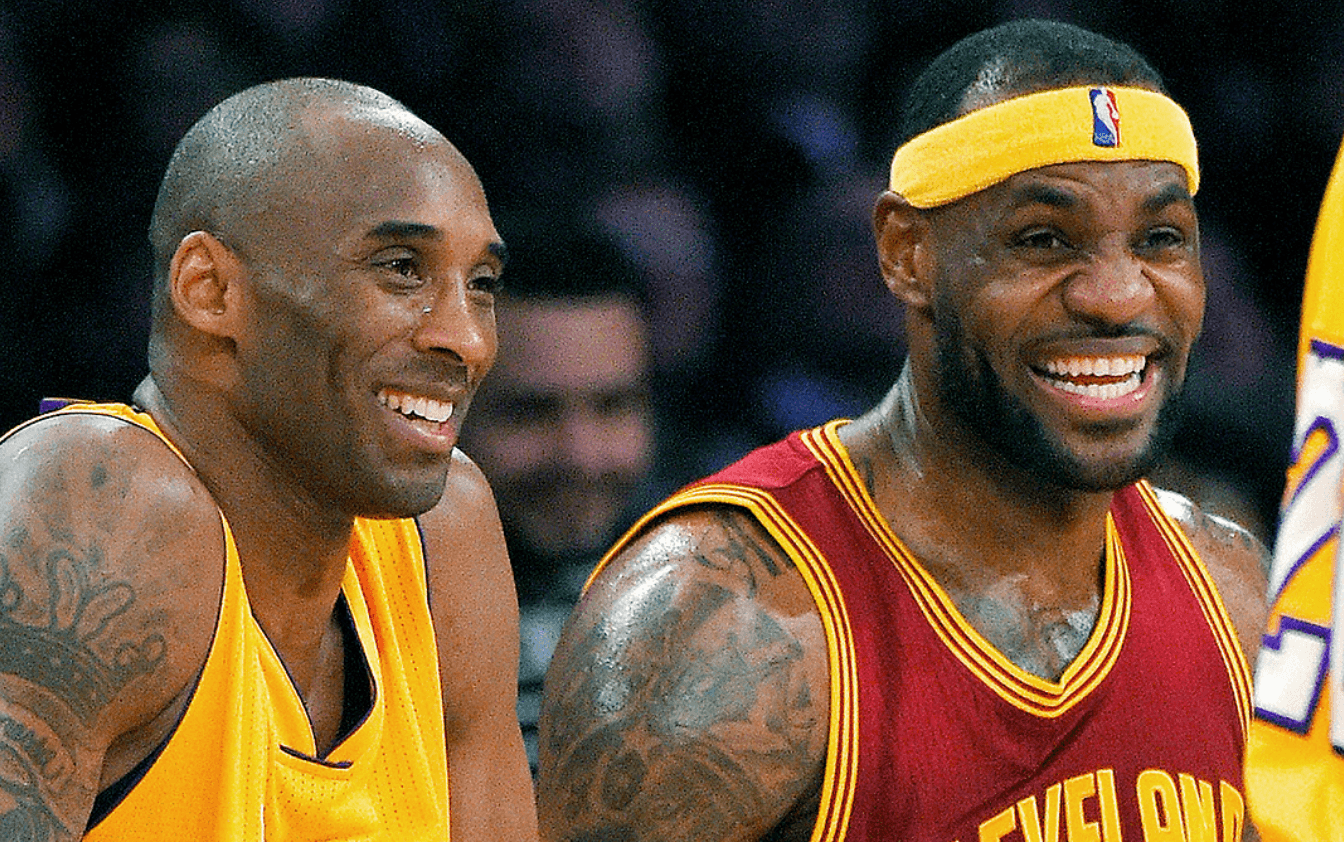
Mark J. Terrill | AP Photo
In Hindsight
Looking back now, things turned out well despite some bumps in the road for both franchises.
The Lakers would make a trade for Pau Gasol the following season, winning two of the next three championships including back-to-back titles in 2009 and 2010.
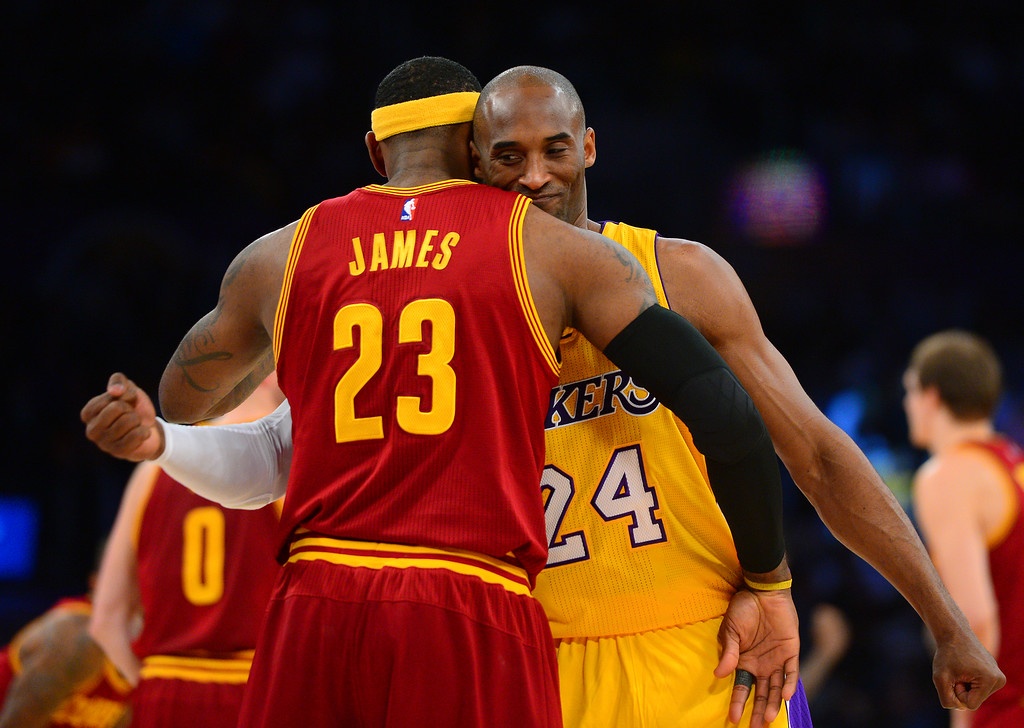
Michael Owen Baker | L.A. Daily News
The Cavs, however, wouldn’t make it back to the Finals in the next three years and lose James to free-agency in 2010. After a four-year learning experience on how to be a champion from the Miami Heat, James returned to fulfill the promise of a title in 2016 to a sports city that had learned nothing but heartache year after year.
They say we look at the past with 20/20 vision and that is also true for NBA history. Despite a scenario filled with endless possibilities, the Lakers and the Cavaliers are quite pleased with the result of not getting a deal done that day in 2007.

Harry How/Getty Images
Kobe gave L.A. two championships on his own and retired as a Laker and James delivered a championship to Cleveland after a 52-year drought with the chance for a few more.
Sometimes, the best trades are the ones that you don’t make.
